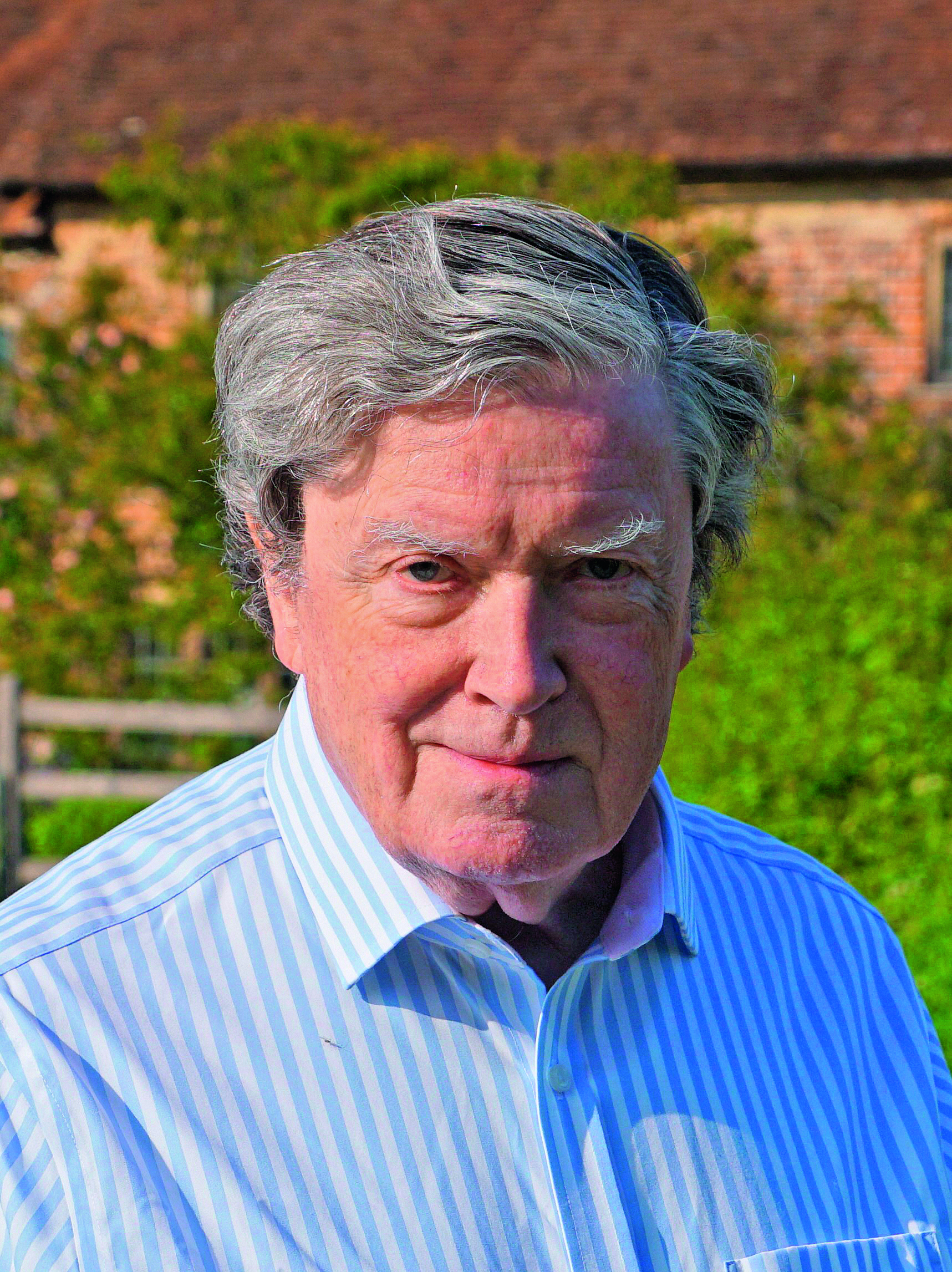Thenford Arboretum: 70 acres of spectacular autumn brilliance
More than 3,000 different trees–in particular, the fine collections of oaks and maples–are put on a striking autumn show at Thenford Arboretum at Thenford House, Northamptonshire, the home of Lord and Lady Heseltine. Charles Quest-Ritson tells more, with photographs by Clive Nichols.
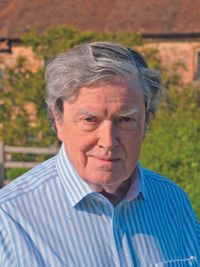
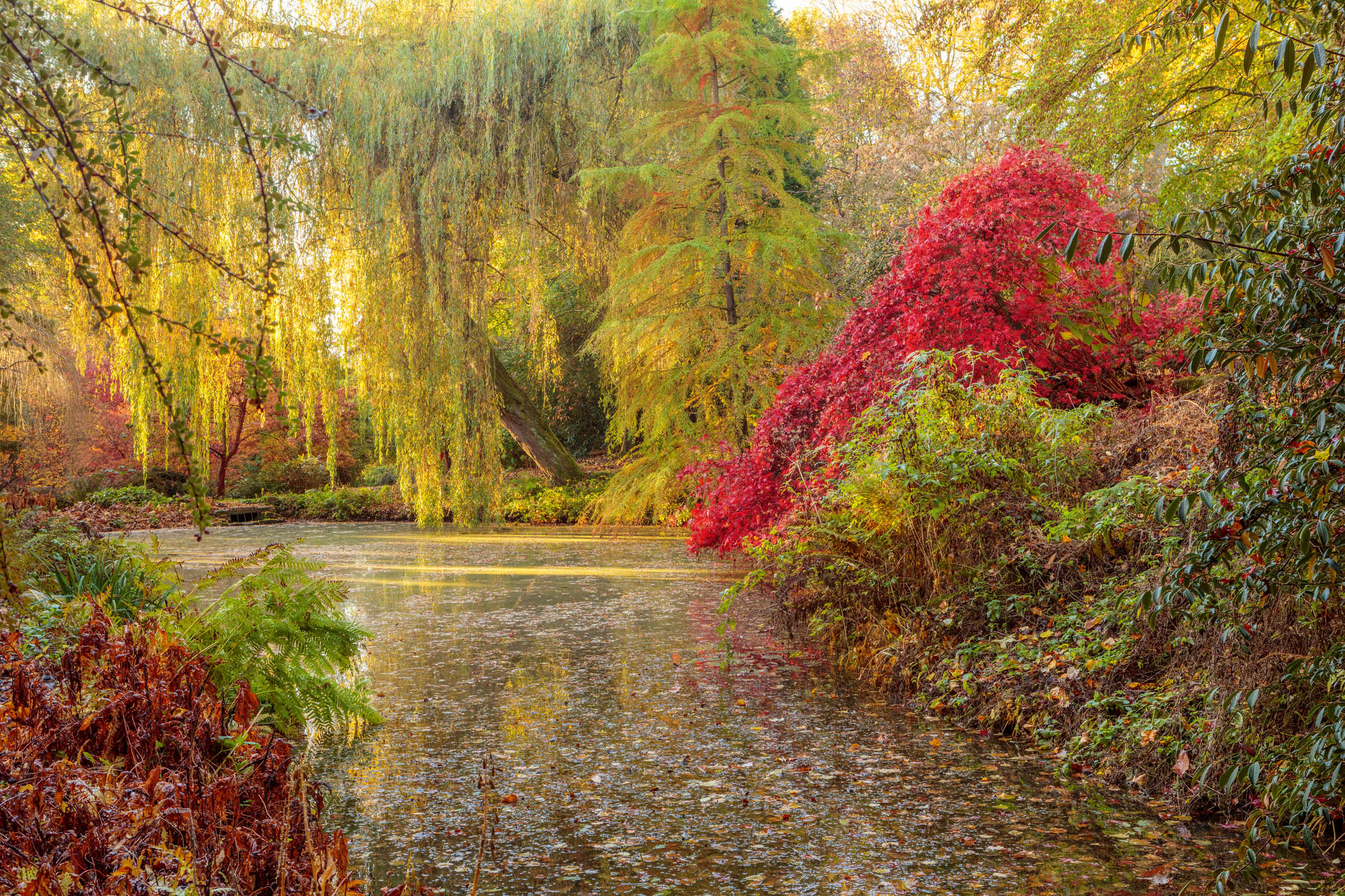
Michael and Anne Heseltine bought Thenford House in 1976 and immediately set about creating its garden and arboretum. They did so with an energy and passion that continues unbounded today. The story is thrillingly narrated in their book Thenford: The Creation of an English Garden (2016).
Lord Heseltine is an enthusiastic and knowledgeable plantsman, with a special interest in trees and shrubs. His collection amounts to an arboretum, within which are many self-contained gardens and architectural features. These include an array of stone troughs planted with alpine plants, a spectacular cascade of water known as the Rill and Lady Heseltine’s splendid sculpture garden. But it is the trees — more than 3,000 different species and cultivars — that offer the greatest horticultural interest. The presence of water — lakes and streams — has added immensely to the possibilities and the beauty of the display. ‘Water is the making of the garden,’ says Lord Heseltine.
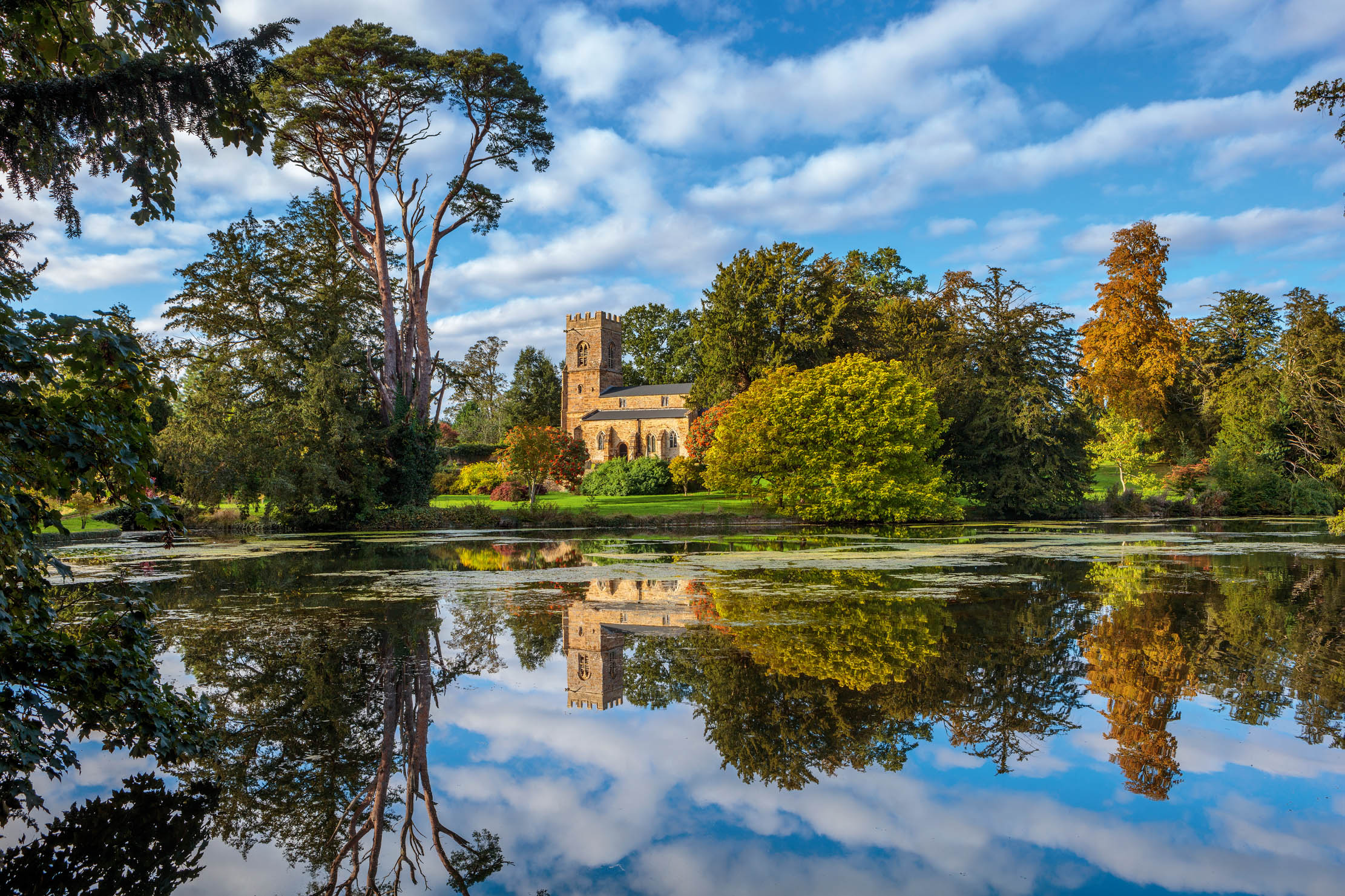
Much of the tree planting has been carried out within the thin and neglected woodlands that surrounded the park in 1976. The Heseltines have received advice and help from many distinguished experts over the years — including Sir Harold Hillier, Roy Lancaster and Keith Rushforth — but the driving force behind making the arboretum has always been Lord Heseltine himself.
At this time of the year, it is the autumn colour of trees and shrubs that catches the eye. Colour has not been a major consideration in deciding what to plant or where to plant it at Thenford, because the cultural needs of every individual tree are always paramount. Nevertheless, there are some dramatic displays of autumn leaves and berries throughout the garden, especially after a hot summer such as this one.
"Future generations, looking back, will consider Thenford’s 70 acres as great as achievement as Lord Heseltine’s life as a successful publisher and a distinguished Minister of State"
Once the show begins, the leaf colours last into December, although a storm may bring the display to a sudden end, as happened last November. Some of the fruits and berries on trees and shrubs will carry through until spring, although there is no certainty about which will last longest. One of two trees, apparently identical and growing side by side, will sometimes be stripped by the birds many weeks before the other.
Oaks and maples contribute most to Thenford’s autumn flare of colour. Oaks are one of Lord Heseltine’s great passions and he has amassed nearly 400 species and cultivars. Best of all in autumn is a group of closely related, fast-growing species from eastern parts of the US. The pin oak, Quercus palustris, flourishes alongside the main drive towards the house. Its leaves change to rich orange and red, rather late in the season, and may last until Christmas.
The autumn colour of its close relation Q. coccinea — the scarlet oak — differs from tree to tree, but the cultivar ‘Splendens’ is particularly known for its sombre, dark-crimson colouring and has an Award of Garden Merit from the RHS. The same variability is found in the red oak, Q. rubra: the specimen near the new lake at the south-west corner of the garden has orange-brown leaves in autumn, but the cultivar known as Q. rubra ‘Aurea’ near the parish church has much brighter red leaves, plus unusual yellow foliage from mid April to June or even July.
Exquisite houses, the beauty of Nature, and how to get the most from your life, straight to your inbox.
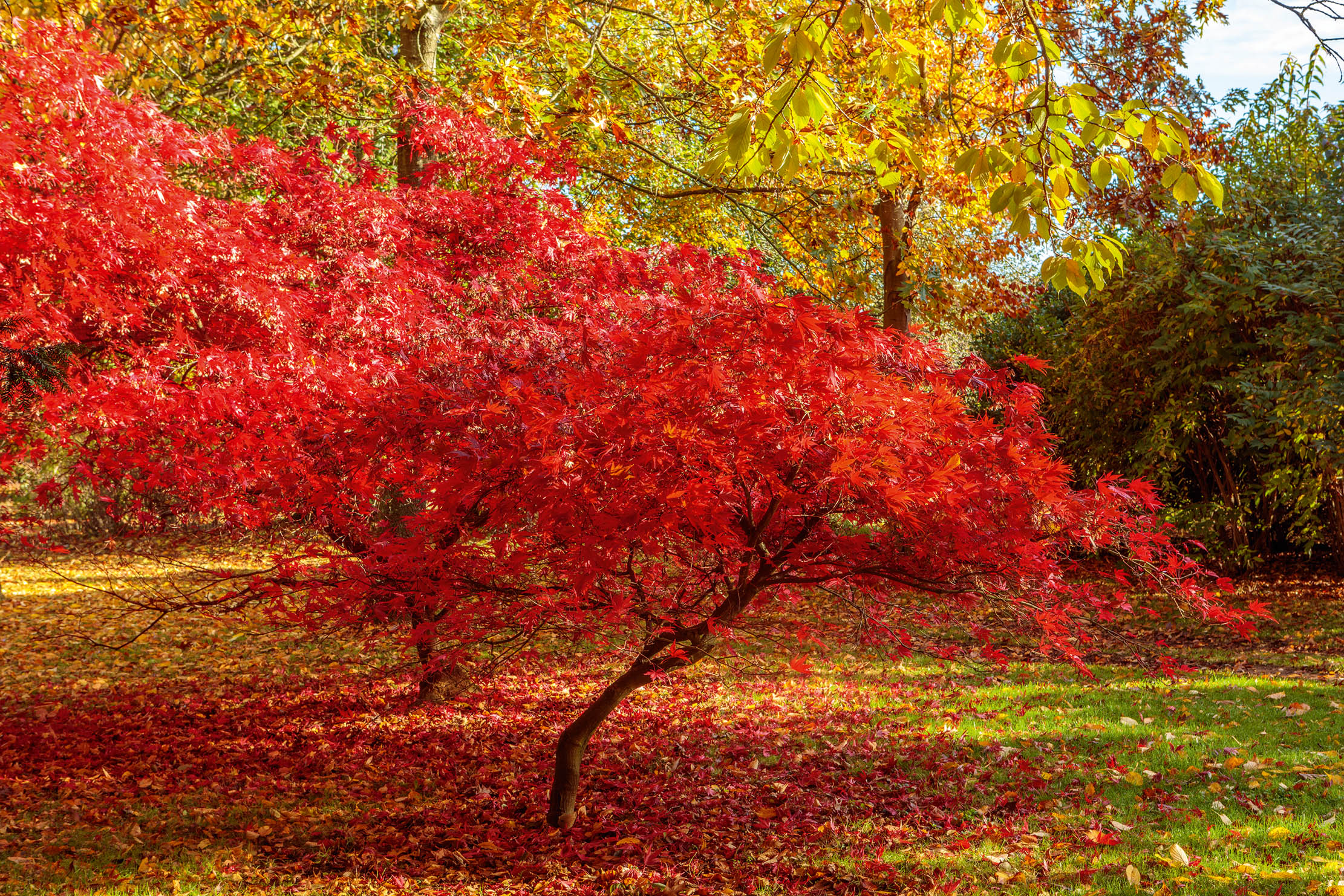
Maples can also be relied upon for autumn brilliance. The bright-yellow colouring of Acer saccharum — the fast-growing forest tree from whose sap maple syrup is made — sometimes appears on parts of the tree in early September, whereas the rest of the tree changes colour a month later. Thenford has handsome specimens in the water-gardens valley and near one of the lakes. A fine cultivar of Acer rubrum selected for its autumn colour — bright red ‘October Glory’ — also flourishes in the water-gardens valley and ‘Schlesingeri’, one of the first to turn, shows its crimson colours near the sculpture garden.
You will find the Japanese maple, Acer palmatum, everywhere at Thenford — the Heseltines have amassed some 250 different cultivars and the colour and shape of their leaves are a fascination and delight from spring to autumn. But they do not all come into their autumn splendour at the same moment. Their changing colours catch the eye at any time between late August and mid November. Crimson, cut-leaved Acer palmatum ‘Skeeter’s Broom’, growing against the outer wall of the walled garden, gives shade to a large patch of the autumn-flowering snowdrop Galanthus reginae-olgae. Thenford now has 1,000 snowdrop specimen cultivars, although most of them flower later, in winter and through January and February.
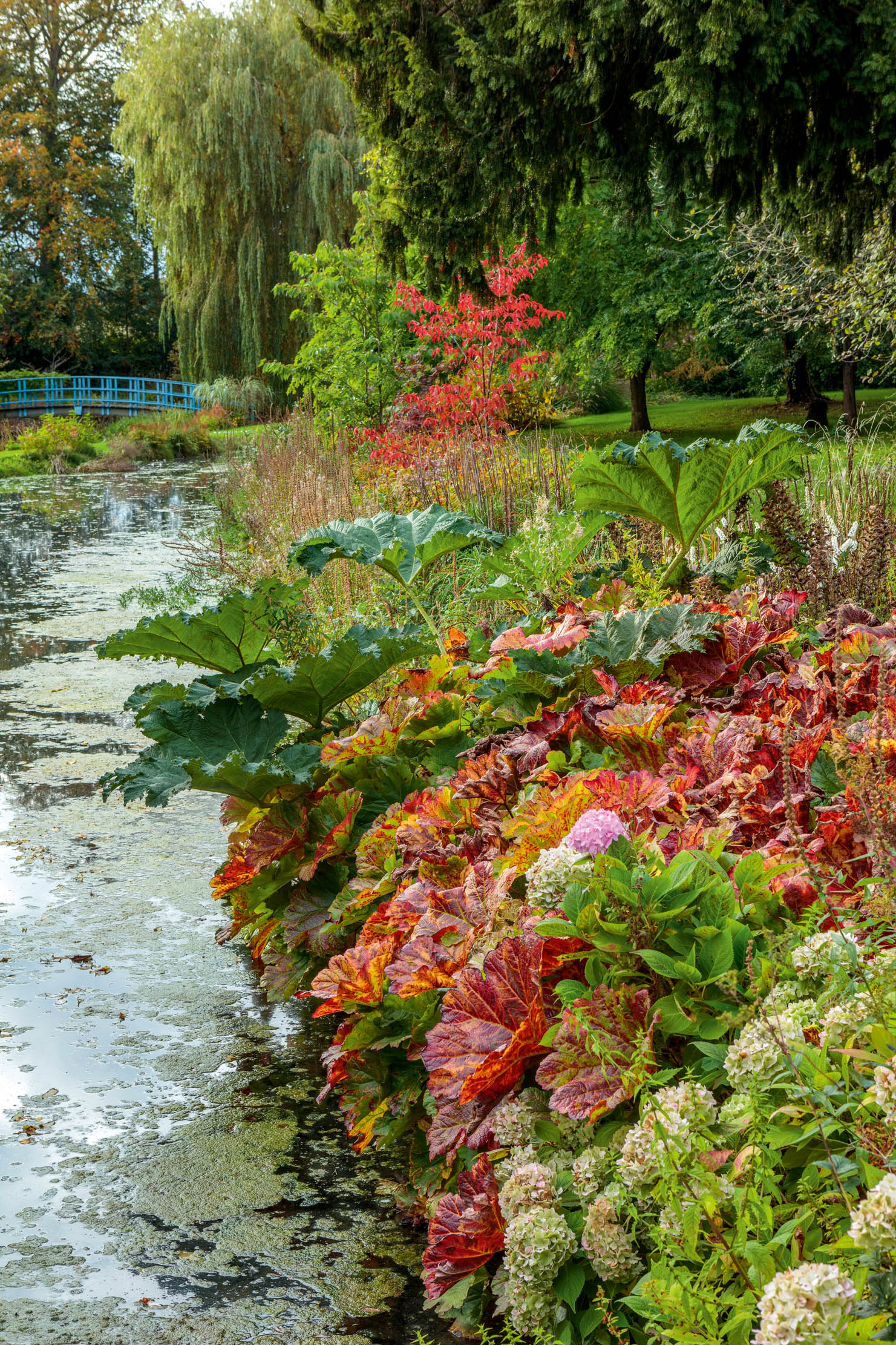
Whatever the season, the outstanding sight at Thenford is the view of the parish church of St Mary’s across the largest lake. In autumn, it is framed by beamy specimens of Sorbus sargentiana — for many, the best of all the mountain ashes — laden with innumerable orange berries, as many as 250 in every cluster. The Japanese rowan, Sorbus commixta, is also conspicuous on the edge of the lake. Its orange-scarlet berries and the reds and yellows of its dying leaves set alight the forests of Honshu in autumn.
Shrubs make a vigorous contribution to the beauty and structure of Thenford. There are at least 200 species of cotoneaster and some keep their fruits right through until early summer. The flowering dogwoods also make a good show: Cornus kousa var. chinensis ‘White Fountain’ and ‘Wisley Queen’ were planted at either end of the trough garden for the profusion of their flowers in spring, but both are followed by heavy crops of crimson fruits — edible, albeit rather pippy. And Callicarpa bodinieri var. giraldii ‘Profusion’ is easily overlooked until autumn brings its striking clusters of small, bead-like, purple-pink berries, all the more surprising after the leaves have yellowed and dropped off.
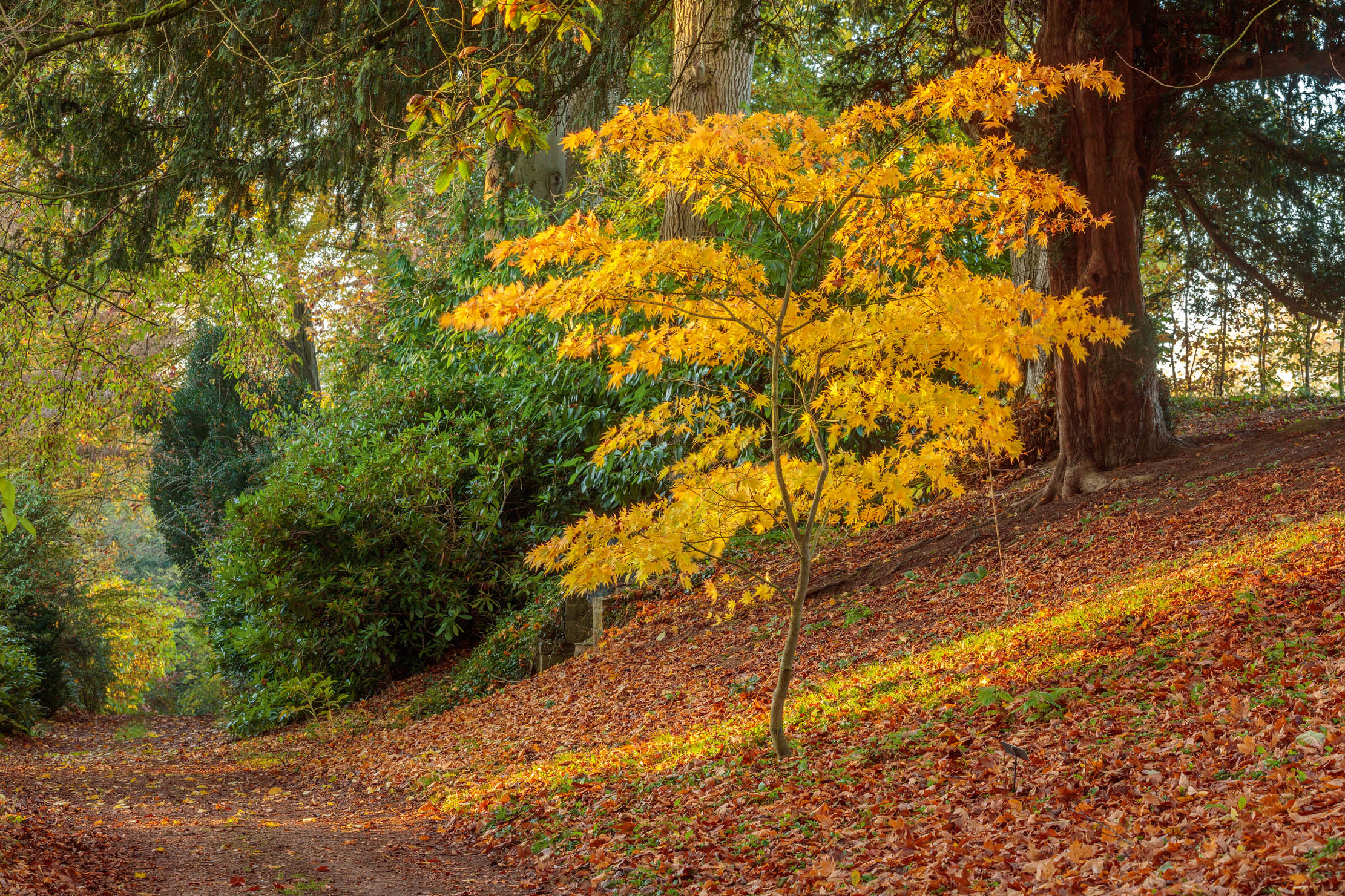
Autumn colour is particularly conspicuous north of the park, where a walk follows the garden boundary towards three Ulmus ‘Sapporo Autumn Gold’ planted around a little hill known as the Mound. This is a hybrid elm with a high degree of resistance to Dutch elm disease and its leaves turn uniformly pale yellow in autumn. Also impressive in this corner of the garden are Cercis canadensis ‘Forest Pansy’ (one of more than 100 UK Champion Trees at Thenford) and an avenue of Amelanchier canadensis that runs towards the sculpture garden. Nearer the house, in the spring garden, many Japanese cherries turn to scarlet, albeit briefly, in autumn, whereas Liquidambar styraciflua ‘Lane Roberts’ is more dependable, keeping its crimson leaves from mid October until early December.
The Heseltines’ head gardener Darren Webster recommends lovers of autumn colour to wander down the water-gardens valley in autumn. It’s an unforgettable experience.
Here are the deciduous conifers Metasequoia glyptostroboides and Taxodium distichum; the Persian ironwood Parrotia persica, the leaves of which turn yellow and red for many weeks; the paper-bark birch Betula papyrifera, always reliable for turning bright yellow; scarlet Nyssa sylvatica revelling in the damp soil, Amelanchier lamarckii, bright red in the sunshine; and Liquidambar styraciflua ‘Moonbeam’. All of them are star performers, best enjoyed on a crisp, sunny morning in late October. The pageant continues with Acer palmatum cvs and numerous plantings of cotoneaster, aronia and sorbus until you reach the willows and bog garden in the south-east corner. Along the banks of the many streams that permeate the garden, the colours of the trees are echoed by plantings of Rheum palmatum, the leaves of which turn to yellow, burnt orange and shades of brown before dying back for winter. There is colour, too, in the flowers of the last kniphofias and the waving seedheads of fully-grown grasses. In much of the garden, the colours of autumn contrast with the last flowers of hundreds of different hydrangeas and the first of the winter-flowering mahonias.
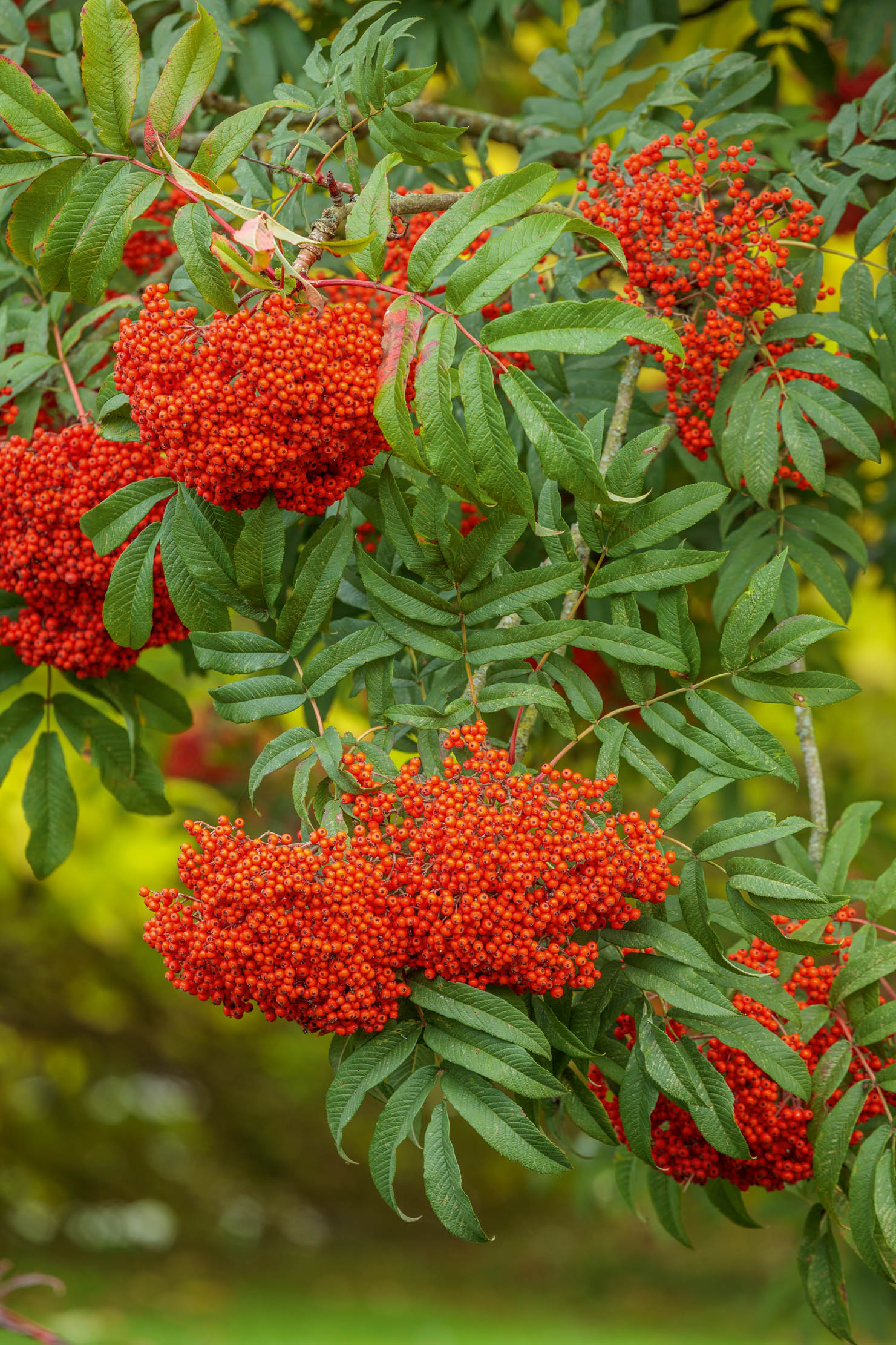
A substantial barn conversion has recently been opened to cater for the growing number of visitors attending open days or a range of specialist lectures, conferences and workshops. Despite the commercial background, it retains the feeling of a private garden, imbued throughout with a sense of excitement that has guided and inspired Lord and Lady Heseltine for nearly 50 years. It may be that future generations, looking back, will consider Thenford’s 70 acres as great as achievement as Lord Heseltine’s life as a successful publisher and a distinguished Minister of State.
Thenford Arboretum holds occasional open days throughout the year. For details and to book, visit www.thenfordarboretum.com.
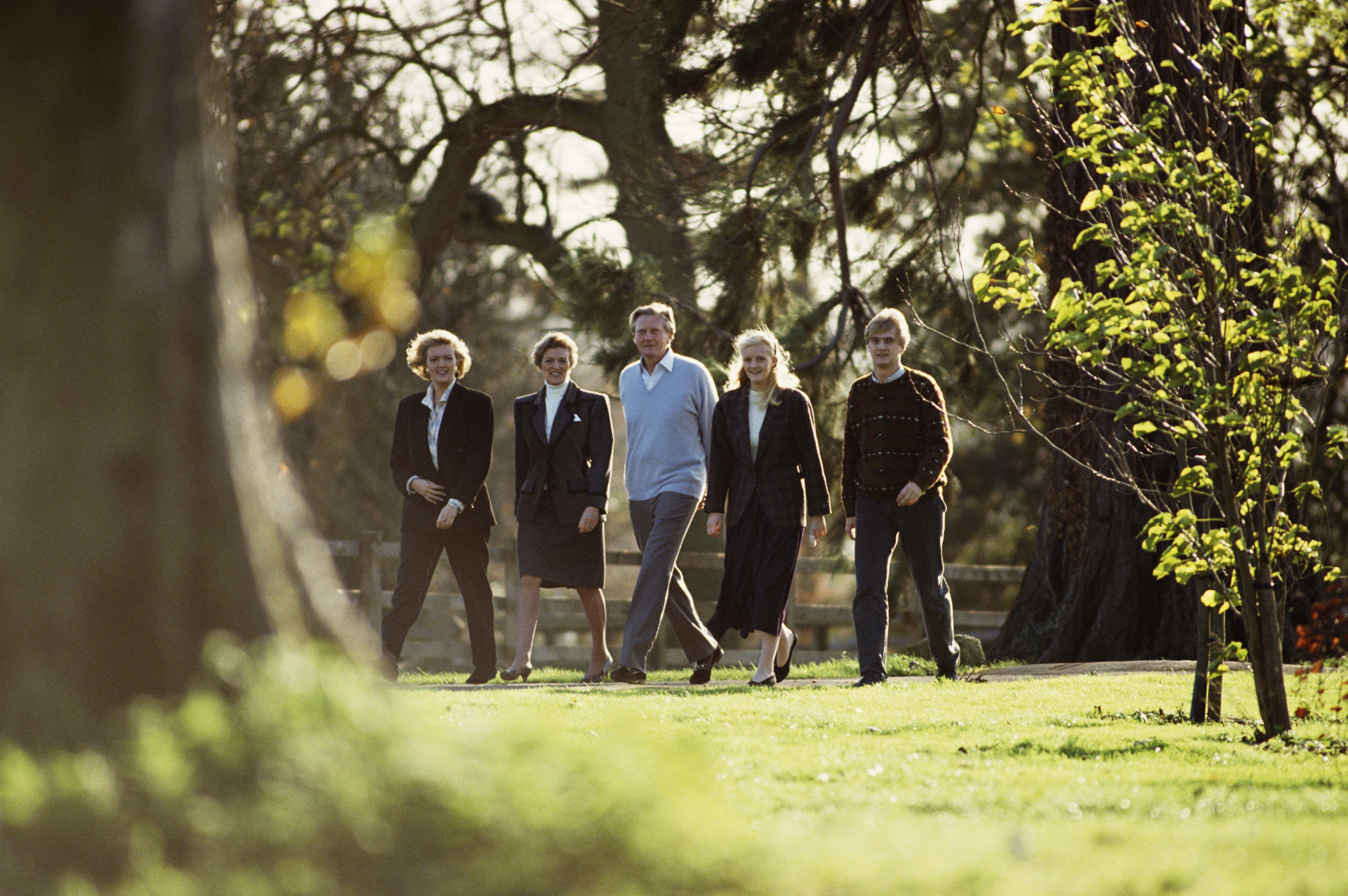
Michael Heseltine: How the creation of my English country garden proceeded mistake by mistake
Michael Heseltine recounts the trials, tribulations and delights of creating a dream garden.
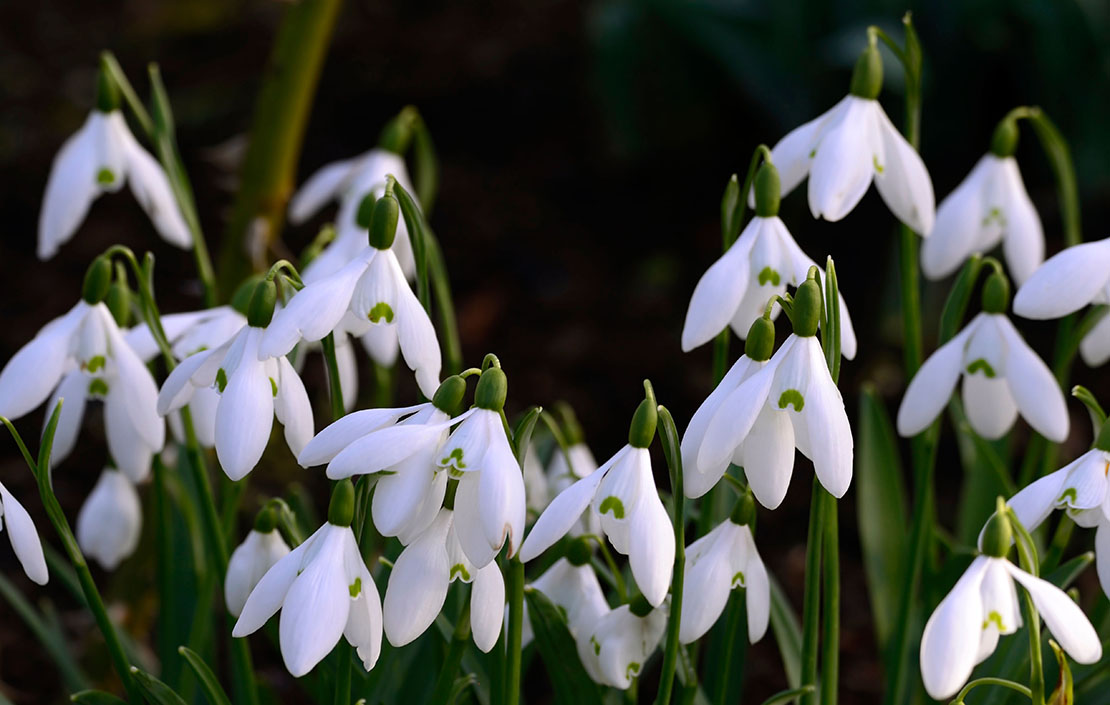
The trials of collecting snowdrops: 'Is there no love for a Heffalump or a Grumpy?'
A galanthophile’s work is never done, says Michael Heseltine, as he tells us about his family's floral hobby; collecting snowdrops.
Charles Quest-Ritson is a historian and writer about plants and gardens. His books include The English Garden: A Social History; Gardens of Europe; and Ninfa: The Most Romantic Garden in the World. He is a great enthusiast for roses — he wrote the RHS Encyclopedia of Roses jointly with his wife Brigid and spent five years writing his definitive Climbing Roses of the World (descriptions of 1,6oo varieties!). Food is another passion: he was the first Englishman to qualify as an olive oil taster in accordance with EU norms. He has lectured in five languages and in all six continents except Antarctica, where he missed his chance when his son-in-law was Governor of the Falkland Islands.
